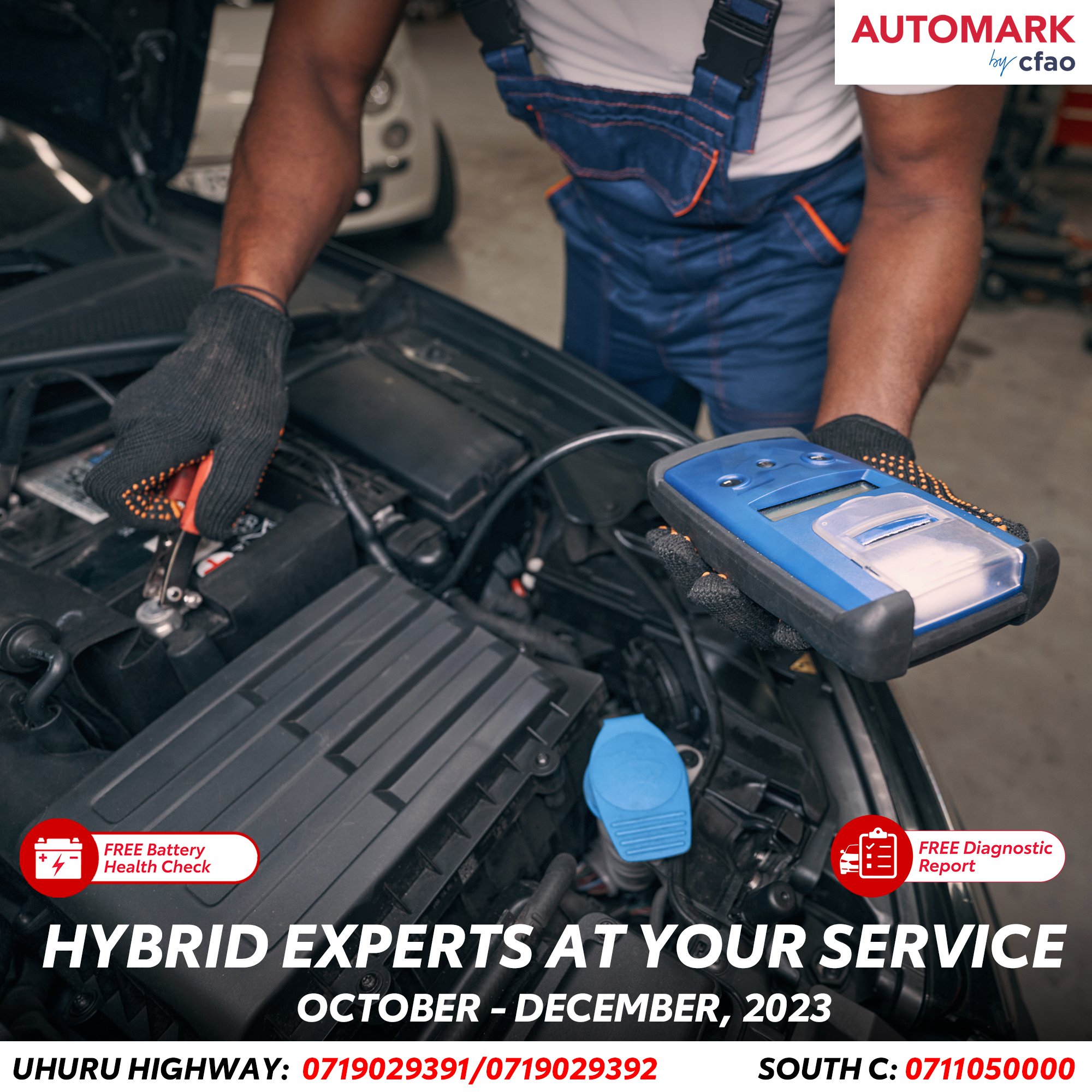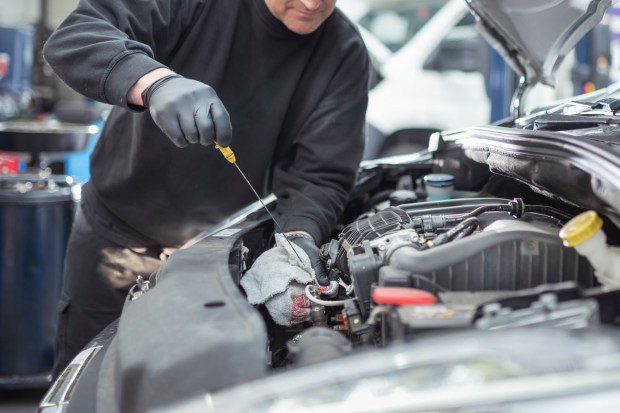To recondition a car battery, you can use a mixture of distilled water and Epsom salt. This solution helps in reviving the battery’s performance and extending its lifespan.
Reconditioning a car battery is a cost-effective way to restore its power and efficiency. By following some simple steps, you can potentially save money and reduce waste by rejuvenating an old battery instead of replacing it with a new one.
With proper maintenance and care, reconditioning a car battery can be a practical and eco-friendly solution for improving your vehicle’s overall performance.

Credit: twitter.com
Choosing The Right Tools
- Battery load tester
- Battery charger
- Phillips and flathead screwdrivers
- Safety goggles
- Protective gloves
- Protective clothing
- Well-ventilated area for work
Before reconditioning a car battery, make sure to have all the essential tools on hand. These tools, including a battery load tester, charger, and screwdrivers, are critical for the process. Don’t forget to wear safety gear such as gloves and protective clothing to prevent accidents during battery reconditioning.
Preparation Steps
Before reconditioning a car battery, it’s crucial to follow Preparation Steps to ensure a successful process.
Cleaning The Battery Terminals
Step 1: Gather baking soda, water, and a wire brush.
Step 2: Mix the baking soda with water to form a paste.
Step 3: Apply the paste to the battery terminals and scrub gently with the wire brush.
Step 4: Rinse the terminals with water and dry them thoroughly.
Inspecting The Battery
Step 1: Check for any physical damage or leaks on the battery casing.
Step 2: Ensure the terminals are tight and free of corrosion.
Step 3: Measure the battery voltage with a multimeter to determine its current state.
Step 4: Look for any signs of sulfation on the battery plates.
Reconditioning Process
When it comes to reconditioning a car battery, the process involves a few key steps to revive the battery’s performance. From mixing the Epsom salt solution to charging the battery, each step plays a crucial role in restoring the battery’s functionality.
Mixing The Epsom Salt Solution
To begin the reconditioning process, you need to mix the Epsom salt solution. In a clean container, mix 1 quart of distilled water with 7 tablespoons of Epsom salt. Stir the solution until the Epsom salt is completely dissolved.
Charging The Battery
Once the Epsom salt solution is ready, carefully remove the caps from the battery cells. Pour the solution into each cell, ensuring that it is evenly distributed. After resealing the battery, place it on a charger and let it charge for about 24 hours to ensure that the Epsom salt solution effectively reconditions the battery.
Testing The Reconditioned Battery
After going through the process of reconditioning a car battery, it’s essential to test it to ensure it’s working optimally. This ensures that you won’t face any unexpected issues while on the road. There are a few simple tests you can perform to check the effectiveness of the reconditioned battery – using a multimeter and load testing.
Using A Multimeter
A multimeter is a handy tool that measures voltage, current, and resistance. It can be used to determine the state of charge and voltage output of a reconditioned battery. To use a multimeter to test your battery, follow these steps:
- Set your multimeter to the DC voltage setting.
- Connect the positive lead of the multimeter to the positive terminal of the battery and the negative lead to the negative terminal.
- Read the voltage displayed on the multimeter. A fully charged battery should read around 12.6 volts or higher. If the voltage is significantly lower, it may indicate that further reconditioning is required.
Load Testing
Load testing provides a more comprehensive assessment of your reconditioned battery’s performance under a heavy load. To perform a load test, you can use a load tester or visit a professional automotive repair shop. Here’s how the process generally works:
- Connect the load tester to the battery following the manufacturer’s instructions.
- Mimic a heavy load on the battery by activating the load tester.
- Observe the voltage reading on the load tester. A well-reconditioned battery should maintain a stable voltage, indicating its ability to handle heavy electrical demands.
- If the voltage drops significantly or fluctuates, it may be a sign that the battery requires further reconditioning or replacement.
Knowing how to test a reconditioned car battery can give you peace of mind and confidence in your vehicle’s electrical system. By using a multimeter and load testing, you can ensure that your battery is in good shape and ready to power your car when you need it most.
Maintenance Tips
The key to extending the lifespan of your car battery is proper maintenance. Regular inspections and avoiding over-discharge are two essential aspects of ensuring that your car battery stays in optimal condition. In this section, we will discuss these maintenance tips in detail.
Regular Inspections
Regular inspections are a crucial part of car battery maintenance. By inspecting your battery on a regular basis, you can identify any potential issues and take appropriate action before they become major problems. Here are a few things you should look out for during your inspections:
- The overall condition of the battery: Check for any signs of damage or corrosion. If you notice any cracks or leaks, it may be an indication that your battery needs to be replaced.
- The battery voltage: Use a multimeter to measure the voltage of your battery. If the voltage is below 12.4 volts, it might be time to recharge or replace your battery.
- The battery terminals and connections: Inspect the terminals and connections for any corrosion or loose connections. These can affect the performance of your battery and should be cleaned or tightened as needed.
Avoiding Over-discharge
Over-discharging your car battery can significantly reduce its lifespan. It is crucial to prevent the battery from being completely drained. Here are a few ways you can avoid over-discharge:
- Limit short trips: Short trips do not allow your battery to fully recharge, leading to over-discharge. To avoid this, try to combine multiple short trips or use alternative means of transportation for short distances.
- Avoid leaving lights and electronics on: Leaving your lights, radio, or other electronic devices on when the engine is off can drain your battery. Make it a habit to turn off all electrical components when you park your car.
- Use a battery charger: If you know that your car will be idle for an extended period, consider using a battery charger to maintain the charge. This will prevent over-discharge and ensure that your battery is ready to go when you need it.
By following these maintenance tips, you can effectively recondition your car battery and maximize its lifespan. Regular inspections and avoiding over-discharge will help you identify and prevent any issues that can lead to battery failure. Remember, a well-maintained battery ensures a smooth and reliable driving experience for you and your vehicle.

Credit: bigsmobile.com
Frequently Asked Questions Of How Can I Recondition A Car Battery
How Do I Recondition A Car Battery At Home?
To recondition a car battery at home, start by removing the battery from the vehicle. Then, mix a solution of baking soda and water to clean the battery terminals and remove any corrosion. Next, use a battery charger to slowly charge the battery until it reaches full capacity.
Finally, check the voltage and if it meets the recommended level, reinstall the battery in your car.
Can I Recondition A Completely Dead Car Battery?
Unfortunately, if a car battery is completely dead and unable to hold a charge, it cannot be reconditioned. The reconditioning process is only effective for batteries that have a reduced capacity due to sulfation. In the case of a completely dead battery, the only option is to replace it with a new one.
How Long Does It Take To Recondition A Car Battery?
The time it takes to recondition a car battery can vary depending on the extent of sulfation and the type of reconditioning method used. Generally, it can take anywhere from a few hours to a couple of days to fully recondition a car battery.
Patience and following the necessary steps are key to achieving optimal results.
Conclusion
In the end, reconditioning a car battery is an efficient and cost-effective way to extend its lifespan. By following the proper steps and using the right tools, you can rejuvenate your battery and save money in the long run. With a little effort and know-how, you can keep your car running smoothly for years to come.


